EDIT: since ggplot 3.3.0, binned scales are now built-in to ggplot. This answer is obsolete, refer to tjebo's second answer for a more detailed example.
Thanks to Tjebo's answer, I managed to create a function that plots a nice colorbar, to be added to plots by using cowplot, patchwork or other similar packages like in his example.
Here it is:
EDIT: you can find it also on github
plot_discrete_cbar = function(
breaks, # Vector of breaks. If +-Inf are used, triangles will be added to the sides of the color bar
palette = "Greys", # RColorBrewer palette to use
colors = RColorBrewer::brewer.pal(length(breaks) - 1, palette), # Alternatively, manually set colors
direction = 1, # Flip colors? Can be 1 or -1
spacing = "natural", # Spacing between labels. Can be "natural" or "constant"
border_color = NA, # NA = no border color
legend_title = NULL,
legend_direction = "horizontal", # Can be "horizontal" or "vertical"
font_size = 5,
expand_size = 1, # Controls spacing around legend plot
spacing_scaling = 1, # Multiplicative factor for label and legend title spacing
width = 0.1, # Thickness of color bar
triangle_size = 0.1 # Relative width of +-Inf triangles
) {
require(ggplot2)
if (!(spacing %in% c("natural", "constant"))) stop("spacing must be either 'natural' or 'constant'")
if (!(direction %in% c(1, -1))) stop("direction must be either 1 or -1")
if (!(legend_direction %in% c("horizontal", "vertical"))) stop("legend_direction must be either 'horizontal' or 'vertical'")
breaks = as.numeric(breaks)
new_breaks = sort(unique(breaks))
if (any(new_breaks != breaks)) warning("Wrong order or duplicated breaks")
breaks = new_breaks
if (class(colors) == "function") colors = colors(length(breaks) - 1)
if (length(colors) != length(breaks) - 1) stop("Number of colors (", length(colors), ") must be equal to number of breaks (", length(breaks), ") minus 1")
if (!missing(colors)) warning("Ignoring RColorBrewer palette '", palette, "', since colors were passed manually")
if (direction == -1) colors = rev(colors)
inf_breaks = which(is.infinite(breaks))
if (length(inf_breaks) != 0) breaks = breaks[-inf_breaks]
plotcolors = colors
n_breaks = length(breaks)
labels = breaks
if (spacing == "constant") {
breaks = 1:n_breaks
}
r_breaks = range(breaks)
cbar_df = data.frame(stringsAsFactors = FALSE,
y = breaks,
yend = c(breaks[-1], NA),
color = as.character(1:n_breaks)
)[-n_breaks,]
xmin = 1 - width/2
xmax = 1 + width/2
cbar_plot = ggplot(cbar_df, aes(xmin=xmin, xmax = xmax, ymin = y, ymax = yend, fill = factor(color, levels = 1:length(colors)))) +
geom_rect(show.legend = FALSE,
color=border_color)
if (any(inf_breaks == 1)) { # Add < arrow for -Inf
firstv = breaks[1]
polystart = data.frame(
x = c(xmin, xmax, 1),
y = c(rep(firstv, 2), firstv - diff(r_breaks) * triangle_size)
)
plotcolors = plotcolors[-1]
cbar_plot = cbar_plot +
geom_polygon(data=polystart, aes(x=x, y=y),
show.legend = FALSE,
inherit.aes = FALSE,
fill = colors[1],
color=border_color)
}
if (any(inf_breaks > 1)) { # Add > arrow for +Inf
lastv = breaks[n_breaks]
polyend = data.frame(
x = c(xmin, xmax, 1),
y = c(rep(lastv, 2), lastv + diff(r_breaks) * triangle_size)
)
plotcolors = plotcolors[-length(plotcolors)]
cbar_plot = cbar_plot +
geom_polygon(data=polyend, aes(x=x, y=y),
show.legend = FALSE,
inherit.aes = FALSE,
fill = colors[length(colors)],
color=border_color)
}
if (legend_direction == "horizontal") { #horizontal legend
mul = 1
x = xmin
xend = xmax
cbar_plot = cbar_plot + coord_flip()
angle = 0
legend_position = xmax + 0.1 * spacing_scaling
} else { # vertical legend
mul = -1
x = xmax
xend = xmin
angle = -90
legend_position = xmax + 0.2 * spacing_scaling
}
cbar_plot = cbar_plot +
geom_segment(data=data.frame(y = breaks, yend = breaks),
aes(y=y, yend=yend),
x = x - 0.05 * mul * spacing_scaling, xend = xend,
inherit.aes = FALSE) +
annotate(geom = 'text', x = x - 0.1 * mul * spacing_scaling, y = breaks,
label = labels,
size = font_size) +
scale_x_continuous(expand = c(expand_size,expand_size)) +
scale_fill_manual(values=plotcolors) +
theme_void()
if (!is.null(legend_title)) { # Add legend title
cbar_plot = cbar_plot +
annotate(geom = 'text', x = legend_position, y = mean(r_breaks),
label = legend_title,
angle = angle,
size = font_size)
}
cbar_plot
}
Example usage:
plot_discrete_cbar(c(1:10))
plot_discrete_cbar(c(0,2,5,10,20, Inf), palette="Reds")
plot_discrete_cbar(c(0,2,5,10,20, Inf), colors=rainbow, legend_direction="vertical", legend_title="A title! WOW!", border_color="red")

plot_discrete_cbar(c(-Inf, -8, -4, -2, -1, 1, 2, 4, 8, Inf), palette="BrBG", legend_title="Precipitation bias (mm/day)")

plot_discrete_cbar(c(-Inf, -8, -4, -2, -1, 1, 2, 4, 8, Inf), palette="BrBG", legend_title="Precipitation bias (mm/day)", spacing="constant")
 (Source)
(Source)





